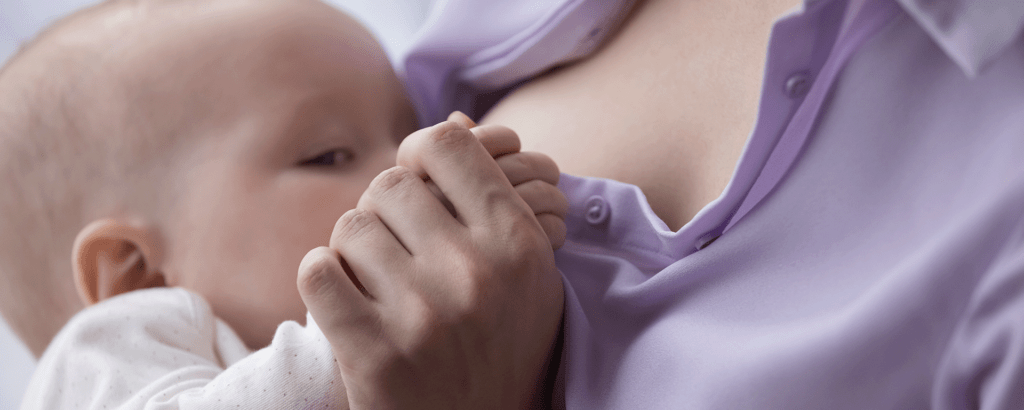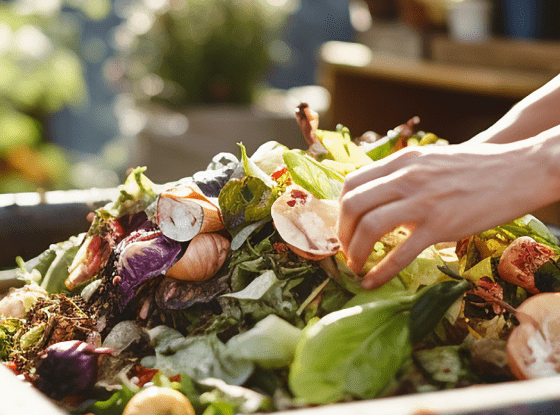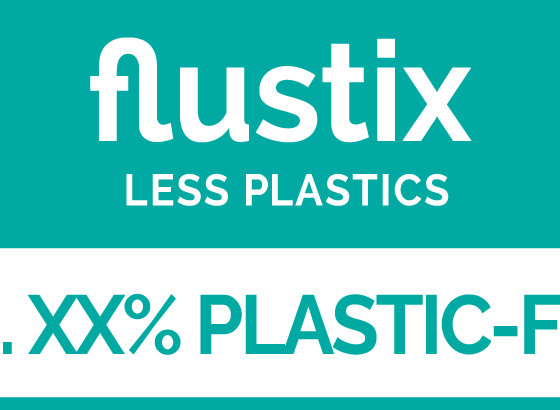NEU STUDY
Plastics are unstoppably making their way through: for the first time, researchers have now detected microplastics in breast milk. Of the 34 samples examined, 26 were contaminated. Frightening: Because no connection with the diet or the use of certain personal care products of the mothers could be proven, the research team assumes that the mere presence of microplastics in the environment is enough to penetrate the body.
Microplastics penetrate cell membranes and have toxic effects
What the authors of the article in the journal “Polymers” report, reads like a horror book: once the microplastic particles are internalized, “they can penetrate cell membranes and settle in various parts of the body, where they trigger specific cellular mechanisms.” The “obviously toxic effect” was confirmed by numerous studies.
Breastfeeding is still better than bottle feeding
Valentina Notarstefano, one of the authors of the breast milk study, told the UK’s Guardian, “Studies like ours must not lead to less breastfeeding of children, but must raise public awareness so that politicians advocate for laws to reduce pollution.” Bottle feeding is not an alternative, she said, adding that millions of microplastic particles could be swallowed when polypropylene bottles are used. Hot liquids, in particular, severely attack the inner surfaces of beverage containers. The advantages of breastfeeding would outweigh in any case, stressed Valentina Notarstefano.
Disposable items account for 40 percent of plastic production
The study also names the biggest microplastic churners. The report says: “Global production of plastics has reached the impressive amount of more than 350 million tons per year. (…) This widespread use of plastics also leads to their accumulation in landfills and the environment. As a result of the extensive production and use of single-use products, which account for more than 40 percent of plastics produced, an estimated 250,000 tons of plastic waste float in the oceans. Although several countries are introducing new plastic waste management regulations and recycling strategies, it is noted that in 2018, only 32.5 percent of post-consumer plastic waste in Europe was recycled, while 24.9 percent ended up in landfills.”
You want to protect the environment from microplastics? Many goods carry the slogan “microplastic-free”. But there are only a few seals that guarantee an independent examination of the products. Which ones these are, learn here.
 English
English Deutsch
Deutsch




